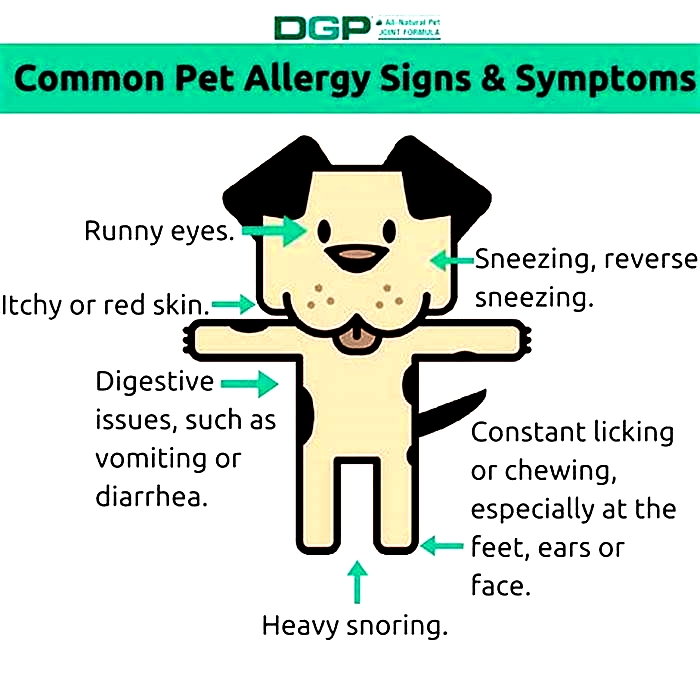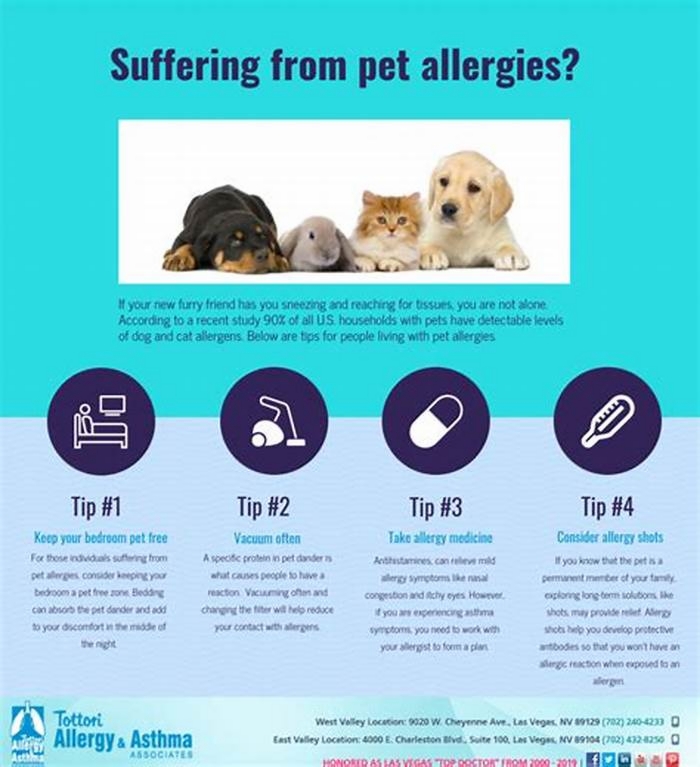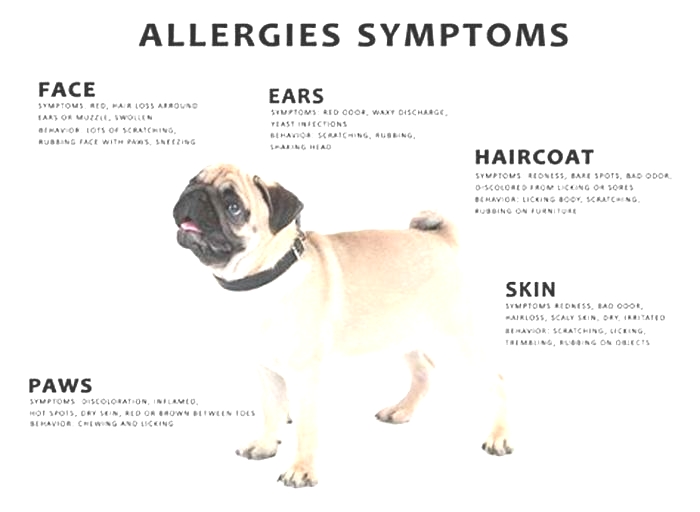How long do pet allergy symptoms last

Pet Allergy
How common are allergies to pets?
Cat and dog allergy is common, especially in people who also have allergic asthma or hay fever. It is also possible to be allergic to other types of animals including those with hair (fur), feathers or even scales, including:
- Rabbits
- Rodents such as guinea pigs, mice and hamsters
- Birds
- Horses
- Reptiles, such as iguanas
- In addition allergy to pet bedding (straw, shredded paper, moulds ) is a possibility
What causes pet allergy?
Pet allergy is caused by the protein in a pets saliva, urine or dander (shed skin particles). Cats and dogs produce multiple proteins with the potential to cause a pet allergy. It is commonly thought that the hair causes symptoms, however it is the pets dander that is mainly responsible. This is spread when pets shed their hair or feathers or groom themselves. Cat allergen is found on the skin and fur and is due to their sebaceous and salivary glands: when a cat licks itself the allergen is transferred onto the hair. Dog allergen is found mainly in the hair, dander and saliva. The main source of allergen for rodents, such as mice, is in their urine.
Allergic signs and symptoms are seen in people whose immune system mistakenly recognises pet dander, saliva, or urine, as a harmful substance (allergen) and, as a result, produces IgE antibodies as a defence mechanism. On further exposure to that pet allergen, allergic signs and symptoms may be seen as an allergic reaction.
Pet hair itself can also act as a carrier of other airborne allergens: pollen, house dust mite and mould, which can cause allergic symptoms in individuals with hay fever, asthma, or eczema. Pet dander alone can also be an allergic trigger in these allergic conditions. Having a cat or dog allergy is also a risk factor for the development of allergic rhinitis or asthma.
Exposure to pet dander in the environment
It is possible to develop an allergy to an animal or pet at any time, even where that animal has previously been a pet, or where a pet does not live in your home. Workplace exposure can occur for occupations such as vets, farmers, and laboratory scientists.
Pet allergens can also be found in schools and public places where they have been transferred on clothing and shoes from pet owners. Exposure to cat allergen in schools can exacerbate symptoms in asthmatic children with cat allergy.
Cat allergen is particularly persistent and can remain in homes long after a cat is no longer there. Pet dander can become airborne as hair is shed by grooming and collects on furniture and other surfaces.
Horse allergy is an important problem even in a young urban population. It causes a wide range of allergic symptoms from urticaria (rash) to respiratory problems. This type of allergen can also be carried on clothing with the dander being transferred.
Hypo-allergenic pets
There is no such thing as a truly non-allergic dog or cat.
Signs and symptoms of a pet allergy
Allergic symptoms of a pet allergy can be mild, moderate or severe, depending upon the individuals sensitivity and level of exposure. They can start within minutes of exposure or can be delayed (late phase response) and include:
- Sneezing
- Coughing
- Breathing difficulties
- Wheeze
- Watery, red, itchy eyes
- Skin rash/Hives
- Eczema flare
- Anaphylaxis
Diagnosing a pet allergy
Identifying allergic triggers is an important part of managing an allergy.
If you suspect pet allergy it is important to discuss this with your GP or Health Professional, especially if you have other allergic conditions such as asthma, rhinitis or eczema.
Your GP/Health Professional may refer you for allergy testing to confirm or exclude a pet allergy. This can be done by a blood test for specific IgE to the suspected animal and/or by skin prick testing. Referral to an allergy specialist may be needed. Allergy testing before getting a pet for people without any symptoms of allergy is unhelpful. This is because subsequent exposure may still lead to allergy in a person who has previously not been allergic to pets.
Practical advice on reducing animal dander exposure
Using a combination of the following pet allergen control measures may help to reduce symptoms and control existing allergic symptoms that are triggered by pet allergen.
Inside the home:
- Keep pets outside if possible and always out of the bedroom
- Do not allow pets to sit or sleep on soft furnishings such as sofas, cushions, or beds
- Wash pet bedding regularly on a hot wash
- Remove horse-riding clothes before entering the home. Bag and wash them and shower after riding
- Using an air purifier may help reduce indoor airborne allergens
Outside the home:
- Avoid contact with relevant animals
- If possible avoid visiting homes/areas where pets live
- If exposure is likely, try taking an antihistamine beforehand and use your prescribed preventative treatment for asthma / rhinitis. Avoid touching the pet or being in the same room
- Wash hands after touching or being licked by a pet
- Washing and grooming pets regularly (by a non-allergic person) may help reduce allergen shedding.
By cleaning:
The aim of these recommendations are to reduce the amount of allergen in the air and environment, including on surfaces, soft and hard furnishings and the floor.
- Damp dust as often as possible to help keep pet dander (as well as dust mites and other allergens) to a minimum
- Clean carpets using a vacuum (but it must be one with a HEPA (high efficiency particulate air) filter and wash hard floor surfaces with hot, soapy water
- Wash soft furnishings like duvet covers, curtains, cushions, soft toys on a hot wash cycle
- Super- heated steam cleaning has the potential to disrupt allergens so that they no longer cause symptoms
- Clean animal cages outside and replace any bedding or litter that has urine on it.
Pet allergy management and treatment
- Avoid the pet or animal where possible
- If this is impossible or insufficient then medication to help alleviate the symptoms can be used after advice from a Health professional (GP or Pharmacist). Medicines include:
- Non-sedating antihistamines
- Antihistamine nasal sprays
- Eye drops
- Nasal sprays
- Asthma inhalers
- Allergen barrier balm
- In moderate to severe pet-induced allergy, allergen-specific immunotherapy may be appropriate. This requires initial GP assessment then referral to allergy/immunology specialist. It is unlikely to be NHS funded.
How Long Do Cat Allergy Symptoms Last After Exposure?
Do you love cats but suffer from cat allergies? If so, youre not alone. According to the American College of Allergy, Asthma, & Immunology, up to 30% of people with allergies are allergic to cats. Knowing how long cat allergy symptoms last can help you understand how to manage and alleviate them. In this article, we will discuss the causes of cat allergies, the symptoms, and how to reduce the symptoms to improve your quality of life.
Understanding Cat Allergies
Cat allergies are a result of an overreaction of the immune system when exposed to specific allergens produced by cats. The allergens are typically found in a cats saliva, urine, or dander (flakes of skin). When you come into contact with these allergens, your immune system produces histamines that trigger allergic reactions.
While many people assume that cat hair is the primary cause of allergies, it is actually the protein fel d 1 found in cat dander, saliva, and urine that is the culprit. When spread by cats, these allergens can become airborne and can cause a severe allergic reaction if they are inhaled. It is important to note that even hairless cats can produce these allergens and cause allergic reactions.
What Causes Cat Allergies?
The primary cause of cat allergies is the protein fel d 1 found in cat dander, saliva, and urine. This protein is produced by cats of all breeds and ages and can be found in their skin, fur, and even their saliva. When cats groom themselves, they spread the protein onto their fur, which can then become airborne and cause allergic reactions in humans.
It is important to note that while some breeds of cats may produce less of this protein, there is no such thing as a completely hypoallergenic cat. Additionally, even if you are not allergic to one cat, you may still be allergic to another.
Common Cat Allergy Symptoms
Typical symptoms of cat allergies include itchy, watery eyes, sneezing, runny nose, nasal congestion, coughing, wheezing, hives or a rash on the skin, and sometimes, difficulty breathing. These symptoms can happen immediately after exposure or may emerge hours after leaving an area with cats.
In some cases, cat allergies can also trigger asthma symptoms, which can be life-threatening if left untreated. If you experience difficulty breathing or chest tightness after exposure to cats, seek medical attention immediately.
It is also important to note that while cat allergies are common, they can often be managed with proper treatment and prevention methods. This may include taking allergy medication, using air purifiers or HEPA filters in your home, and limiting your exposure to cats.
If you suspect that you have a cat allergy, it is important to speak with your doctor or an allergist for proper diagnosis and treatment. With the right care, you can still enjoy the company of cats without suffering from allergic reactions.
Factors Affecting the Duration of Cat Allergy Symptoms
The manifestation of cat allergy symptoms varies from person to person. The duration of symptoms depends on several factors.
Severity of the Allergic Reaction
The severity of an allergic reaction can significantly affect the duration of cat allergy symptoms. Mild reactions may disappear within a few hours or a day, while severe reactions may last for days or even weeks. Symptoms of a mild allergic reaction may include sneezing, itching, and watery eyes. In contrast, severe allergic reactions may cause difficulty breathing, hives, and anaphylaxis, a potentially life-threatening condition.
Individual Sensitivity to Allergens
Some people may experience more severe symptoms than others, depending on their sensitivity to the cat allergen. People who are more sensitive to cat allergens may experience longer-lasting symptoms after exposure. Sensitivity to allergens may also increase with repeated exposure, leading to longer-lasting symptoms over time.
Frequency of Exposure to Cats
The duration of cat allergy symptoms may depend on how often a person is exposed to cats. If you live with cats and are frequently exposed to cat allergens, you may experience more extended periods of allergy symptoms. However, it is important to note that even occasional exposure to cats can trigger allergy symptoms in sensitive individuals.
In addition to these factors, other environmental factors can also affect the duration of cat allergy symptoms. For example, high levels of humidity can increase the concentration of cat allergens in the air, leading to more severe and longer-lasting symptoms. Similarly, exposure to other allergens, such as pollen or dust mites, can also exacerbate cat allergy symptoms.
If you are experiencing cat allergy symptoms, it is essential to seek medical advice to determine the best course of treatment. Treatment options may include over-the-counter or prescription medications, immunotherapy, or allergen avoidance strategies.
How to Minimize Cat Allergy Symptoms
Are you one of those unfortunate people who loves cats but cant be around them without sneezing, wheezing, and itching? Youre not alone! Cat allergies affect millions of people worldwide. Fortunately, there are steps you can take to minimize cat allergy symptoms and improve your quality of life.
Reducing Cat Dander in Your Home
Cat dander is a major culprit when it comes to cat allergies. To reduce cat dander in your home, consider keeping cats out of your bedroom to minimize exposure while sleeping. This can be challenging if your furry friend likes to snuggle up with you at night, but its an essential step in managing your allergies. Clean your house often and use air purifiers with HEPA filters to trap allergens. Vacuum carpets and upholstery regularly, and wash bedding and curtains in hot water to kill any allergens lurking there. You can also consider washing your cat with an allergy shampoo to reduce the amount of allergens on their fur. However, be sure to consult with your veterinarian before using any new products on your pet.
Allergy Medications and Treatments
If reducing cat dander in your home isnt enough to alleviate your symptoms, there are a variety of allergy medications and treatments available. Over-the-counter antihistamines and nasal sprays can relieve allergic symptoms such as sneezing, runny nose, and itchy eyes. If your symptoms are severe, you may require prescription-strength medications to manage allergic reactions. Immunotherapy, or allergy shots, may be a viable option if allergy medications arent enough. This involves receiving regular injections of small amounts of the allergen over a period of time, gradually building up your immunity to it.
Alternative Therapies for Cat Allergies
While traditional allergy medications and treatments are effective for many people, some prefer to explore alternative therapies such as acupuncture, herbal remedies, and chiropractic care. Acupuncture involves the insertion of fine needles into specific points on the body to stimulate the bodys natural healing processes. Herbal remedies may include supplements such as quercetin, which is believed to have anti-inflammatory properties. Chiropractic care involves manipulation of the spine and other joints to relieve pain and improve overall health. Be sure to consult with your doctor or an alternative medicine practitioner before using any form of alternative therapy.
By taking these steps to minimize cat allergy symptoms, you can enjoy the company of your feline friends without suffering from itchy eyes and a runny nose. Remember, everyones allergies are different, so it may take some trial and error to find the right combination of treatments that work for you. Dont give up hope relief is possible!
When to Seek Medical Help for Cat Allergy Symptoms
If you are a cat lover, you know how much joy and comfort these furry creatures can bring to your life. However, if you are allergic to cats, it can be a different story. Cat allergies can cause a range of symptoms, from mild to severe, and can interfere with your daily activities. In this article, we will discuss when to seek medical help for cat allergy symptoms.
Allergies occur when your immune system overreacts to a substance that is usually harmless, such as cat dander. Cat dander is made up of tiny, lightweight flakes of skin, and it can be found everywhere in a cat owners home, including carpets, furniture, and bedding. When you inhale cat dander, your immune system produces an antibody called immunoglobulin E (IgE), which triggers the release of histamine and other chemicals that cause allergy symptoms.
Persistent or Worsening Symptoms
If you have cat allergies, you may experience symptoms such as sneezing, runny or stuffy nose, itchy or watery eyes, and skin rash. These symptoms can be bothersome, but they are usually not life-threatening. However, if your symptoms persist or worsen, its important to seek medical attention. Your doctor may prescribe medications such as antihistamines, decongestants, or corticosteroids to relieve your symptoms.
Moreover, your doctor may recommend allergy shots or immunotherapy, a treatment that involves injecting small amounts of cat allergens under your skin over time to help your immune system build up tolerance to the allergen. Immunotherapy can be a long-term treatment, but it can be effective in reducing allergy symptoms.
Difficulty Breathing or Asthma Attacks
In some cases, cat allergies can cause difficulty breathing or asthma attacks. Asthma is a chronic lung disease that causes inflammation and narrowing of the airways, making it difficult to breathe. If you have asthma and are allergic to cats, exposure to cat allergens can trigger an asthma attack.
If you experience difficulty breathing or asthma attacks, its crucial to seek immediate medical attention. Your doctor may prescribe quick-relief medications such as bronchodilators or corticosteroids to help you breathe easier. Moreover, your doctor may recommend long-term control medications such as inhaled corticosteroids or leukotriene modifiers to prevent asthma attacks.
Signs of Anaphylaxis
In rare cases, cat allergies can cause anaphylaxis, a severe, life-threatening allergic reaction. Anaphylaxis can occur within minutes to hours after exposure to cat allergens, and it requires immediate medical attention.
Symptoms of anaphylaxis may include hives or a rash on the skin; swelling of the face, lips, or tongue; difficulty breathing or swallowing; dizziness, or loss of consciousness. If you experience any of these symptoms, call 911 or visit the closest emergency room immediately.
In conclusion, cat allergies can cause a range of symptoms, from mild to severe. If your cat allergy symptoms persist or worsen, or if you experience difficulty breathing or asthma attacks, its important to seek medical attention. Your doctor can help you manage your symptoms and prevent complications.
Conclusion
Knowing how long cat allergy symptoms last can help you understand how to manage and alleviate them effectively. Reducing your exposure to cat allergens is an essential step in managing cat allergy symptoms. If your symptoms persist or worsen, seek medical attention as soon as possible. By taking these effective measures, you can continue to enjoy being around cats without suffering from allergy symptoms.









